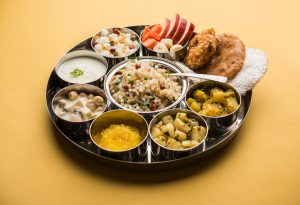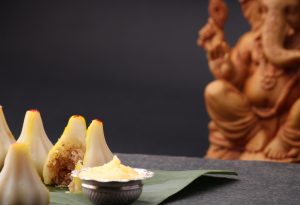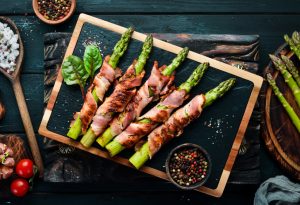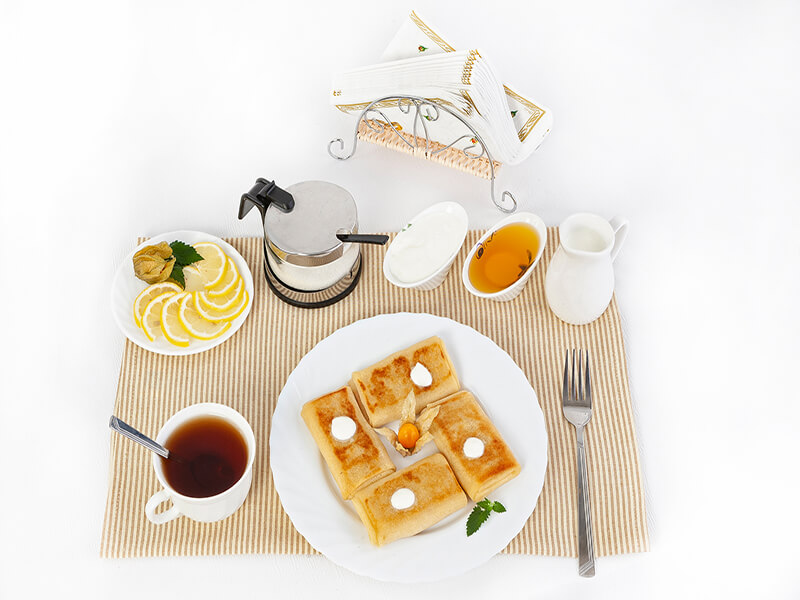
Mastering the art of pairing tea with food is just as important as knowing how to pick the right wine for the right meal. Picking the right tea can turn a regular dinner into a unique culinary experience. If you’re just starting to discover the fascinating world of tea, it’s easy to feel overwhelmed, but the numerous options offer the most opportunity to create stunning pairings. The purpose of pairing tea with food is to enhance the taste of both the dish and the beverage. A good rule of thumb is to pair a subtle tea with a mildly flavoured dish while assertive brews can hold their own against salty, spicy flavours.
White
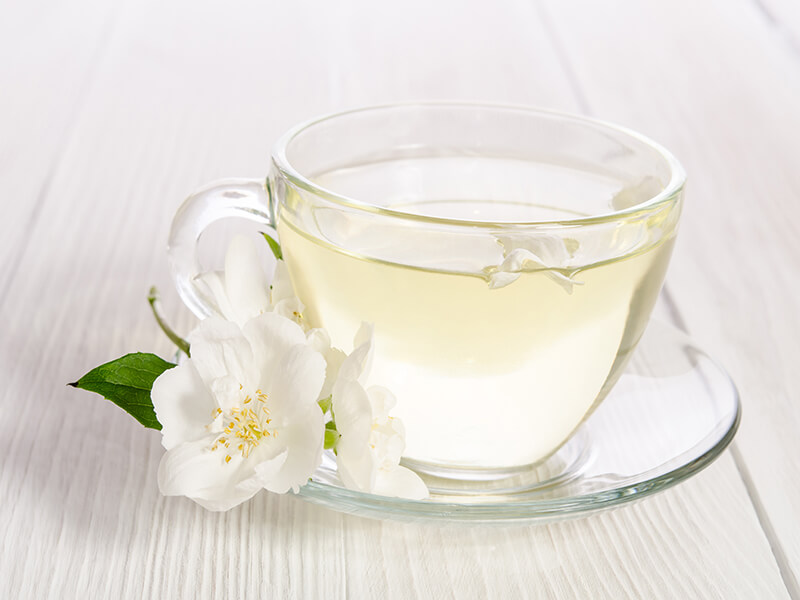
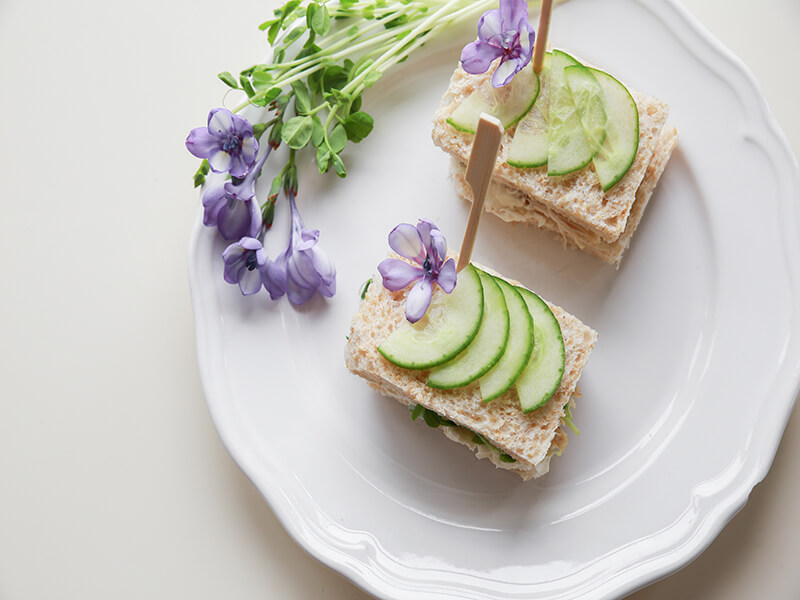
‘White tea’ comes from a shrub called Camellia Sinensis, just like all green and black teas. Its leaves are picked very early with a silvery white down still on its edges and it is very minimally processed. This gives it a light, silky and subtle flavour. If paired with anything too strong, the natural sweetness of the tea might be lost. It’s ideal for an afternoon tea with light and refreshing snacks like cucumber sandwiches or buttery baked goods like peach or apricot turnovers. If serving with appetizers, opt for vol au vents in a light cream sauce. At the dinner table, white tea is best paired with a basic green salad in the slightest dressing of oil, salt & pepper.
Green
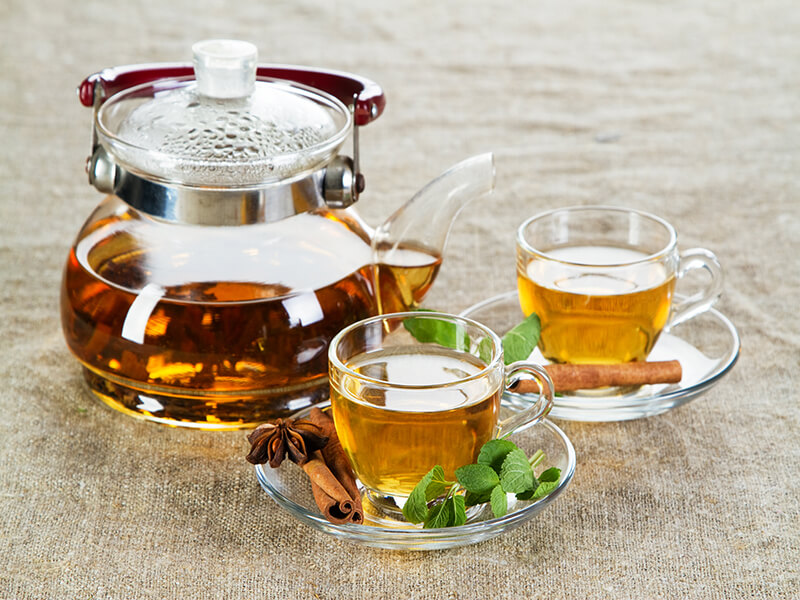
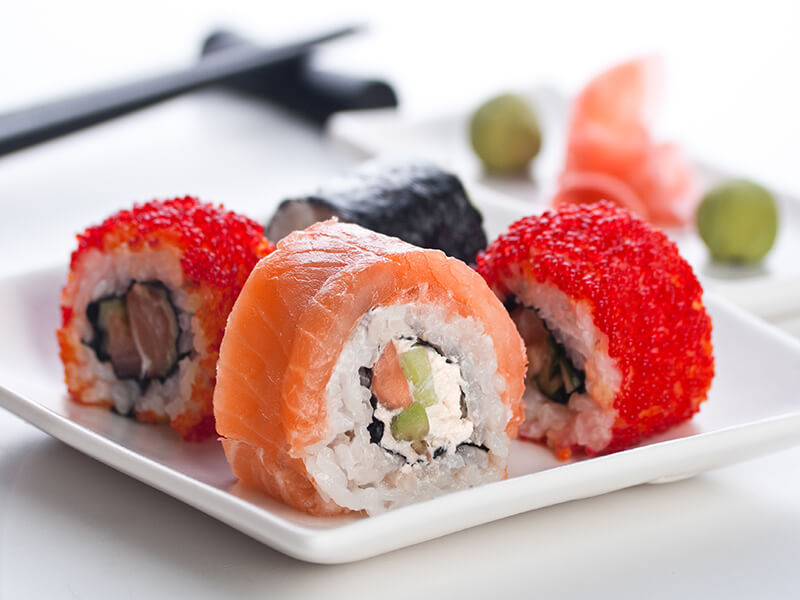
When pairing green tea with food, it is important to note its terroir. Based on where it is grown, each leaf has varying flavours. For instance leaves from Japan tend to have a subtle vegetal taste. The fresh, grassy aroma of a Sencha pairs wonderfully with seafood like sushi, steamed fish in soy ginger sauce and even dishes like fish en papilotte or crab cakes. The teas from China are stronger with a slight smokiness which compliments dishes like grilled chicken, stir-fries, fried rice, roast turkey and even some root vegetable preparations. At the other end of the flavour spectrum are fruity or citrus scented teas, typically from Sri Lanka. These fresh green teas are much more versatile. Try them as iced teas or fruit based mocktails. Its light sweetness is pleasing paired with mildly seasoned salads, vegetable sandwiches, with an assortment of coldcuts, certain savoury baked goods like croissants or muffins. Green teas can also be used in interesting desserts like puddings, cakes, ice creams and chocolate truffles.
Oolong
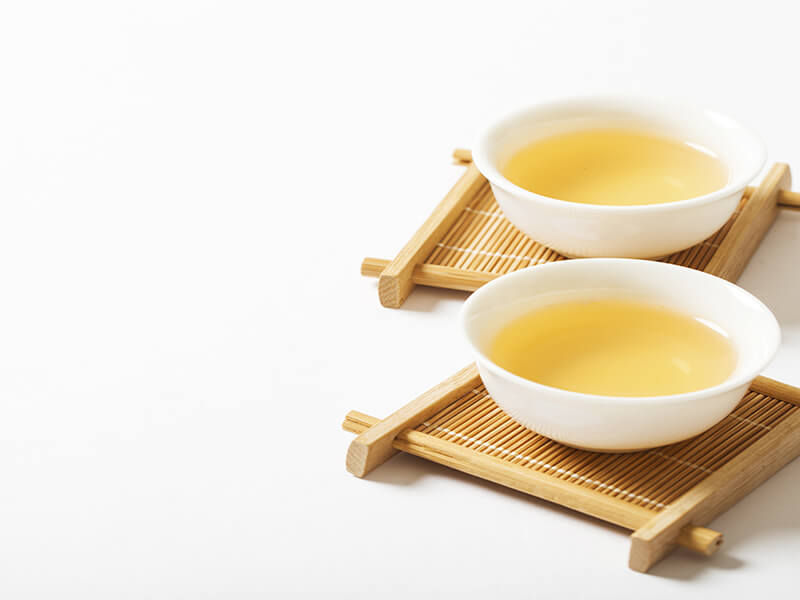
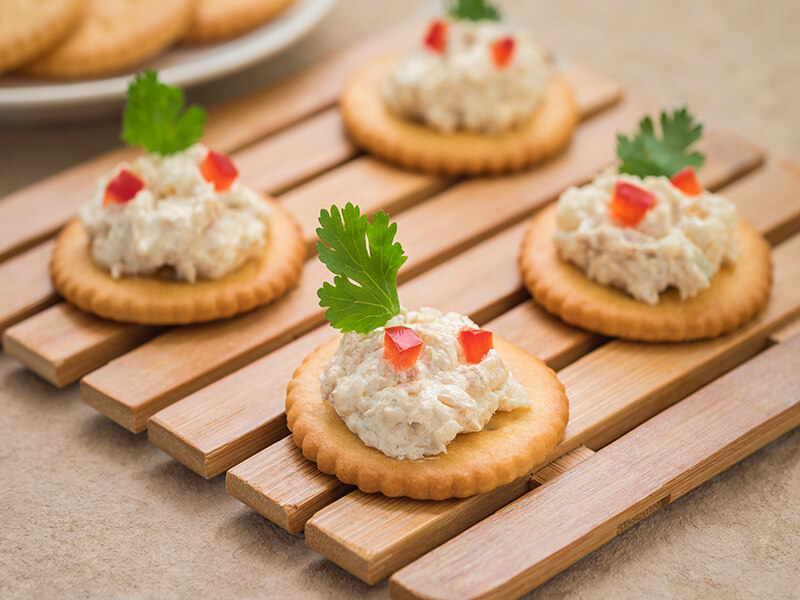
The term ‘oolong’ refers to teas that have been partially oxidised. It can be easily identified by the tightly furled leaves in little pellets. They are a bit more pronounced in their individual aromas and tastes which come from the specific kind of processing it has gone through. Light oolongs are best suited to be accompaniments to snacks that bring out its floral and sweet character. So serve it with mildly sweet cookies, scones, apple pies, vanilla madelines or crackers and baked chips. Dark oolongs are excellent combined with a variety of pastries, pancakes with natural maple syrup, fried or baked light meats, medium rare to rare red meats and seafood like salmon.
Black
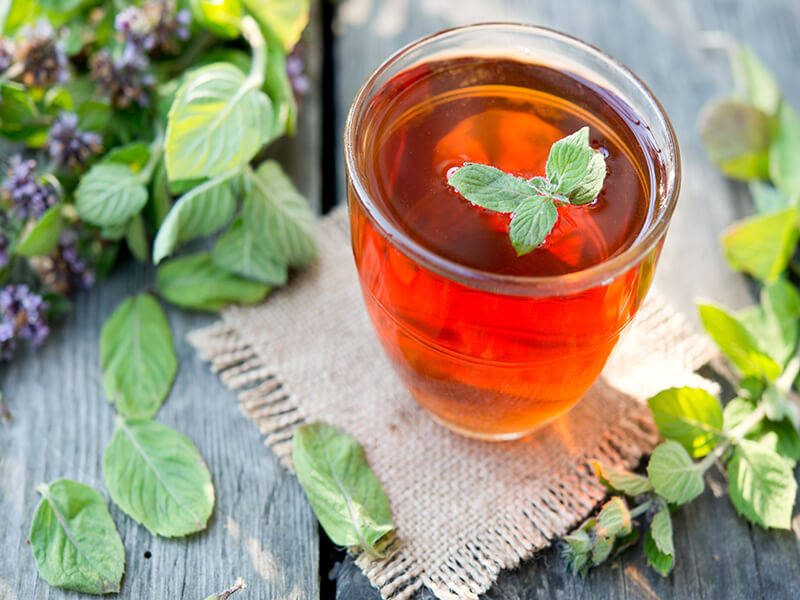
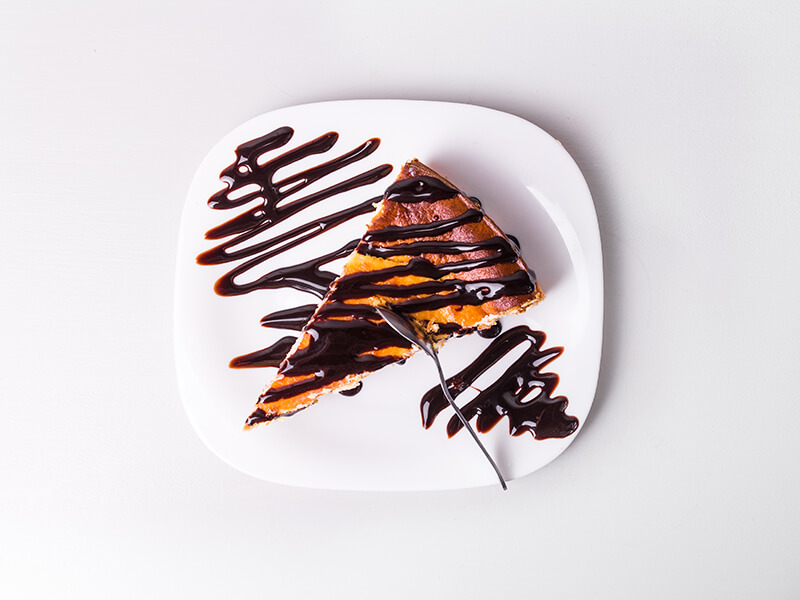
Within the range of black teas too, there are three dominant flavours; fruity brews from Darjeeling and Sri Lanka, smoky black teas from the Nilgiris and Fujian in China and the earthy notes of tea from Assam and Yunnan. With bold, assertive flavours, these teas can be paired with heartier foods. Serve a rich Darjeeling, the champagne of teas with creamy desserts like cheesecake, éclair or fruit trifle. The smokier varieties like lapsang souchong can be served with smoked salmon & cheese bagels, ham, even salty, firm cheeses like Asiago or Grana Padana. Earthy black teas, such as those from Yunnan and Africa, are good accompaniments for barbecues, jerk chicken, mashed potatoes and curries.
Pu-erh
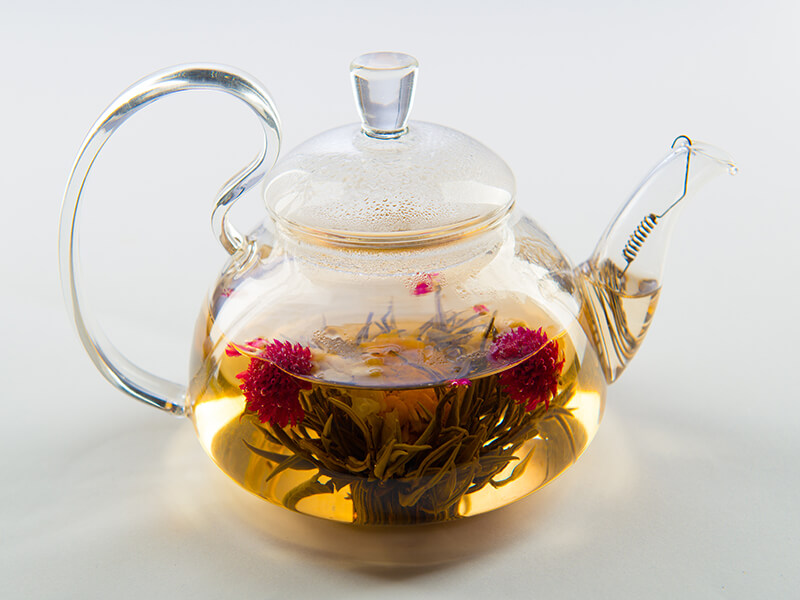
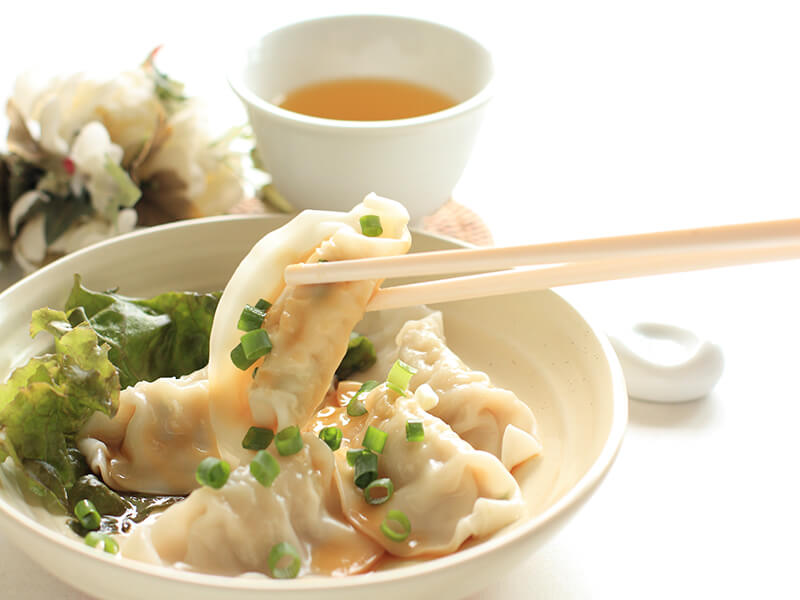
Traditionally from the Yunnan region of China, pu-erh tea refers to the large leaves of the same plant that are sun-dried and naturally fermented to create a sophisticated, mature flavour. Often compared to aged wine or whisky, pu-erh style teas are pressed into round or square cakes. It can be either green and raw or dark brown and ripe; these characteristics will determine its flavour. In either case, the complex, often savoury aroma and taste can hold its own against bold or fatty foods. In China, tea houses serve cups of pu-erh tea with steamed or fried dim sums stuffed with seafood or meat. Its robust flavor stands up well to spicy food too like spicy pork noodles. Another great combination is dark fermented pu-erh and mushrooms, both of which recall earthy tones.
Use these ideas as suggestions to pair your favourite kind of tea with food either at a tea party, social gathering or curated dinner. You can also stop by the tea counters at any of the Nature’s Basket stores and try out new varieties on the shelves. Experiment with blends for an interesting tea experience.
Buy green tea online from Natures Basket store at best prices!!



